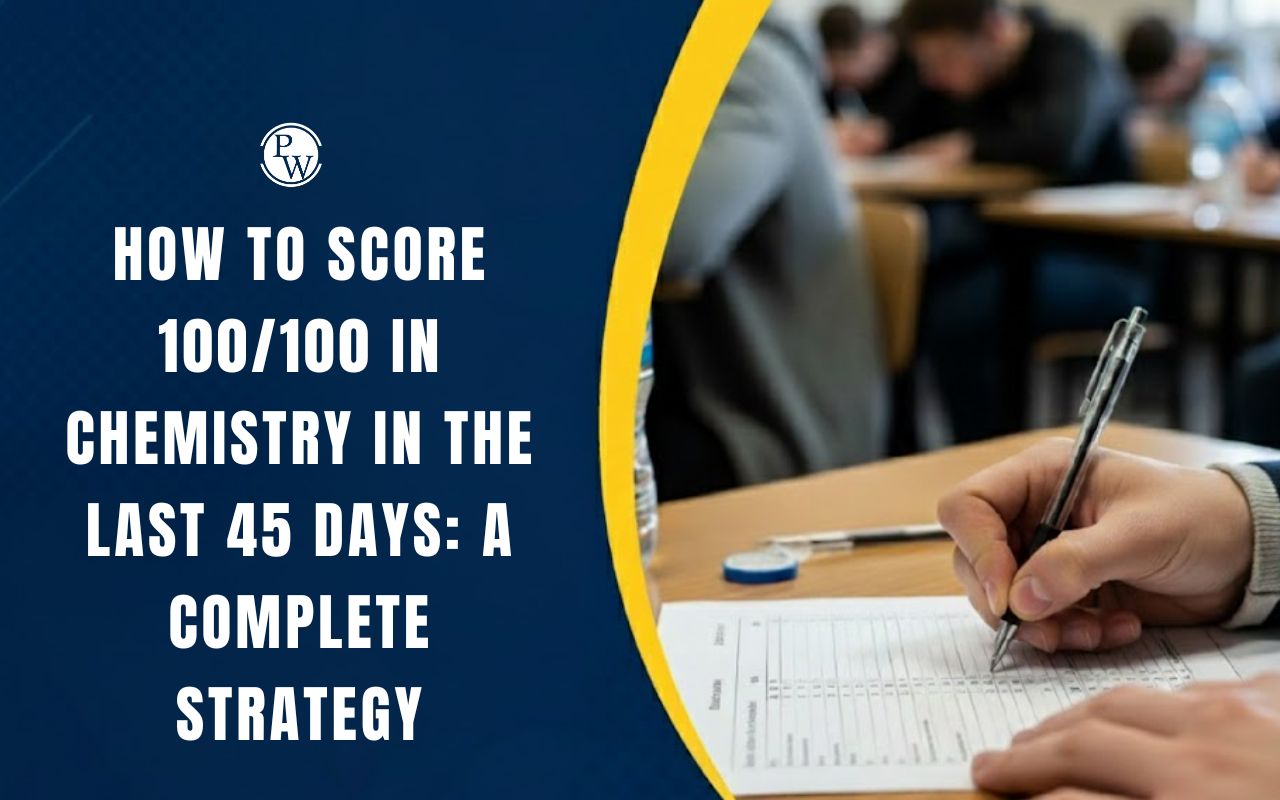

Calorimetry Formula : Calorimetry is a fascinating branch of thermodynamics that enables us to measure and understand heat transfer in various processes. In this comprehensive guide, we will explore the fundamentals of calorimetry, its significance, and the essential concepts it encompasses.
Calorimetry Formula
Calorimetry involves a range of fundamental formulas for calculating heat transfer. These formulas are the backbone of calorimetric studies and include:
- Heat Capacity (C): Heat capacity is a fundamental concept, representing the amount of heat required to raise the temperature of a substance by one degree Celsius or one Kelvin.
Formula: Q = mcΔT
Where:
Q signifies the heat energy transferred
m is the mass of the substance
c represents the specific heat capacity
ΔT denotes the temperature change
The formula Q = mcΔT is used to calculate the heat energy transferred in a calorimetry experiment. It considers the mass of the substance being studied (m), the specific heat capacity of the substance (c), and the change in temperature (ΔT) it experiences. Specific heat capacity represents how much heat energy is required to change the temperature of a given mass of a substance by 1 degree Celsius (or 1 Kelvin). Multiplying the mass, specific heat capacity, and change in temperature gives the amount of heat energy exchanged.
- Enthalpy Change (ΔH): Enthalpy change is a critical parameter for measuring heat exchange during chemical reactions under constant pressure.
Formula: ΔH = q
Where:
ΔH signifies the enthalpy change
q represents the heat exchanged
This formula relates the enthalpy change (ΔH) to the heat exchanged (q) during a chemical reaction or process. Enthalpy change measures the energy difference between the initial and final states of the system. In calorimetry, when heat is transferred at constant pressure, the heat exchanged (q) is equal to the enthalpy change (ΔH).
- Calorimeter Constant (C cal ): This constant is of paramount importance for precise calorimetric measurements.
Formula: q = Ccal × ΔT
Where:
q represents the heat exchanged
Ccal is the calorimeter constant
ΔT indicates the temperature change
The formula q = Ccal × ΔT is essential for calorimetry experiments using a calorimeter. The calorimeter constant (Ccal) represents the heat capacity of the calorimeter itself. It accounts for the heat exchanged between the system and the surroundings, and by measuring the temperature change (ΔT) in the calorimeter, you can calculate the heat exchanged (q) during the experiment.
Also Read – Position Formula
Solved Examples of Calorimetry Formula
- Question 1: Calculating Heat Transfer
Problem: Calculate the heat transfer when 200 grams of water is heated from 20°C to 50°C. The specific heat capacity of water is 4.18 J/g°C.
Solution: To find the heat transfer (Q), we can use the formula Q = mcΔT.
m (mass of water) = 200 g
c (specific heat capacity of water) = 4.18 J/g°C
ΔT (change in temperature) = (50°C - 20°C) = 30°C
Q = 200 g × 4.18 J/g°C × 30°C = 25,080 J
- Question 2: Enthalpy Change in a Reaction
Problem: Determine the enthalpy change (ΔH) for a chemical reaction that releases 5000 J of heat.
Solution: The enthalpy change (ΔH) is equal to the heat exchanged (q) in the reaction. In this case, ΔH = 5000 J.
Also Read – Escape Speed Formula
- Question 3: Finding the Specific Heat Capacity
Problem: A 50 g piece of metal is heated from 25°C to 95°C, and it absorbs 500 J of heat. Calculate the specific heat capacity of the metal.
Solution: We can use the formula Q = mcΔT to find the specific heat capacity (c).
m (mass of metal) = 50 g
ΔT (change in temperature) = (95°C - 25°C) = 70°C
Q = 500 J
Rearrange the formula to find c: c = Q / (mΔT)
c = 500 J / (50 g × 70°C) = 0.1429 J/g°C
- Question 4: Heat Transfer in a Reaction
Problem: In a chemical reaction, 0.5 moles of a substance undergo a reaction, and the enthalpy change is -100 kJ. Calculate the heat transfer (q) in this reaction.
Solution: The enthalpy change (ΔH) in this case is -100 kJ. To find q, we need to convert kJ to J (1 kJ = 1000 J).
ΔH = -100 kJ = -100,000 J
Also Read – Cylindrical Capacitor Formula
- Question 5: Calorimeter Experiment
Problem: In a calorimeter experiment, 50 mL of 1 M hydrochloric acid at 25°C is mixed with 50 mL of 1 M sodium hydroxide at 25°C. The final temperature is 30°C. Calculate the heat of the neutralization reaction.
Solution: To find the heat of the reaction, we can use the formula Q = mCΔT, where m is the mass, C is the specific heat capacity, and ΔT is the change in temperature.
These solved questions provide a practical understanding of how to apply calorimetry concepts in various scenarios. If you have more questions or need further explanations, please let me know.
Calorimetry Formula FAQs
Q1. What is calorimetry, and why is it important in science?
Q2. How do I calculate heat transfer using calorimetry?
Q3. What is the significance of the calorimeter constant (Ccal)?
Q4. Can calorimetry be applied to chemical reactions?
Q5. What are the differences between adiabatic and isothermal calorimetry?












